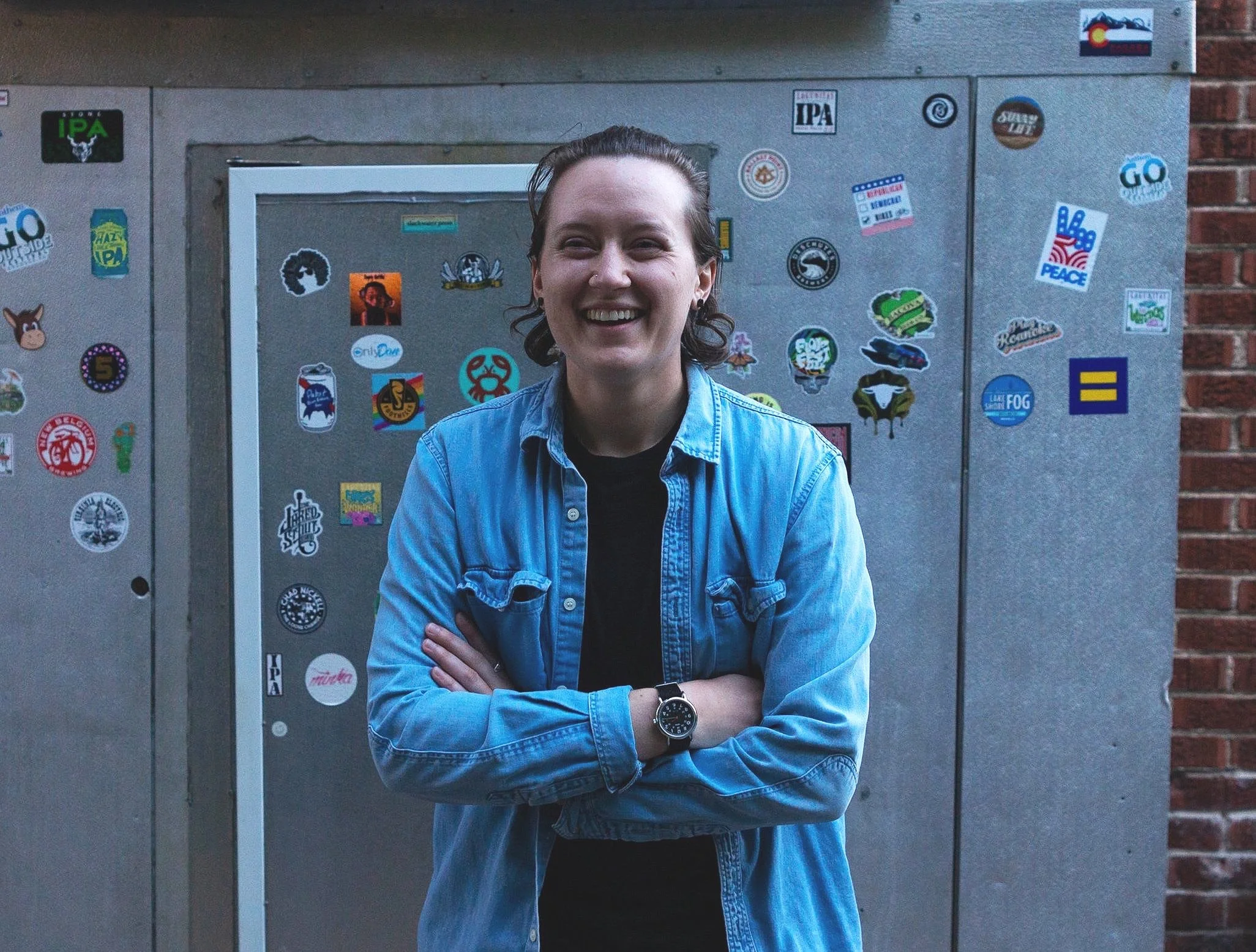Photo by Lee Rubin-Jakober
Words by Lee Rubin-Jakober
Difficult, exhausting, and challenging.
These are some of the thoughts that pass through climbers’ minds while they endure an eight hour and 1003-meter ascent. The peace walk, an 18.4 km trek through the Alps, is hosted by Alpine Peace Crossing (APC). It follows the escape route taken by the first group of a few thousand Jewish settlers in 1947, over the Krimml Tauern to South Tyrol, travelling in the direction of Palestine, where they established their new homes.
As challenging as the ascent may look, the hikers couple their journey with feelings of awe, respect, and reverence for both the refugees that took the path in 1947 and the refugees of today from all over the world. APC is an Austrian association -based in Krimml (Salzburg) and Vienna -focused on social and refugee aid, the Peace Migration, and the Krimmler Peace Dialogue.
Photo by Lee Rubin-Jakober
Petra Navara, who has worked for APC for the past two years and has participated in the hike for three years explains, “APC is nothing that demands you to do something. It’s an invitation.” This hike remains that: a symbol.
Participants and staff are reminded of their privilege as they ascend up the mountainside, knowing that at the end of their climb, they will celebrate with their team and return safely to the familiar comfort of their own homes.
According to the United Nations High Commissioner for Refugees (UNHCR), a refugee is someone who has been forced to flee his or her country because of persecution for reasons of race, religion, nationality, political opinion or membership in a particular social group, war or violence.
Photo by Lee Rubin-Jakober
By the end of 2018, 70.8 million individuals living in places such as Central African Republic, Central America, Iraq, South Sudan, Syria, Rohingya, Ukraine, and Yemen, were forcibly displaced worldwide – an increase of 2.3 million over the previous year. Every minute that passes, thirty more individuals are considered as displaced.
Refugees do not have the luxury of ease, comfort, or the notion of safety. They are not even guaranteed that when they reach their end destination they will be safe. They travel out of necessity – not free will.
Alpine Peace Crossing seeks to connect the past to the present. While the first journey over the Krimml Tauern to South Tyrol took place more than 70 years ago, it’s necessary that such events remain in our collective memory. It’s about recognition, acknowledging the challenges that refugees continue to face – leaving behind what they know and heading into the unknown with fear as a driver.
Photo by Lee Rubin-Jakober
The peace hike creates a space to be present and seeks to establish open communication between hikers in order to reflect on the future. But beyond reflecting on future possibilities, it pays remembrance, tribute, and reflection to the past.
It’s not simply the reminder, but the experience of walking in the steps of the people who came before us. It’s about learning from history, progressing, and changing.
“It’s part of the heritage of my people. My grandparents died in Auschwitz. My father was a part of this organization that helped refugees cross, escape to safety. It’s about hope. It’s important to know the story, the history of your own people,” said Haim Litvak when asked why he partook in the peace walk this year.
Photo by Lee Rubin-Jakober
“We can only imagine what they went through, but we can’t actually know. I hope to transfer the knowledge to my kids one day. This project is to give hope for a better future. There is always a chance to look for the good side of human nature.”
As another participant, Hans Nerbl said, “This is an important topic. It’s a point in our history and we’re trying to bring it back to memory, we’re trying to link the past with the present. The Jews back then and the refugees now. There is so much hostility and anti-Semitic [sentiments] going around that everything you do to spark awareness is important.” Alpine Peace Crossing is creating meaningful dialogue between history, present, and future; and a chance for understanding an experience that many individuals will never have to face.
To learn more about Alpine Peace Crossing and to support their work, visit their website.
















